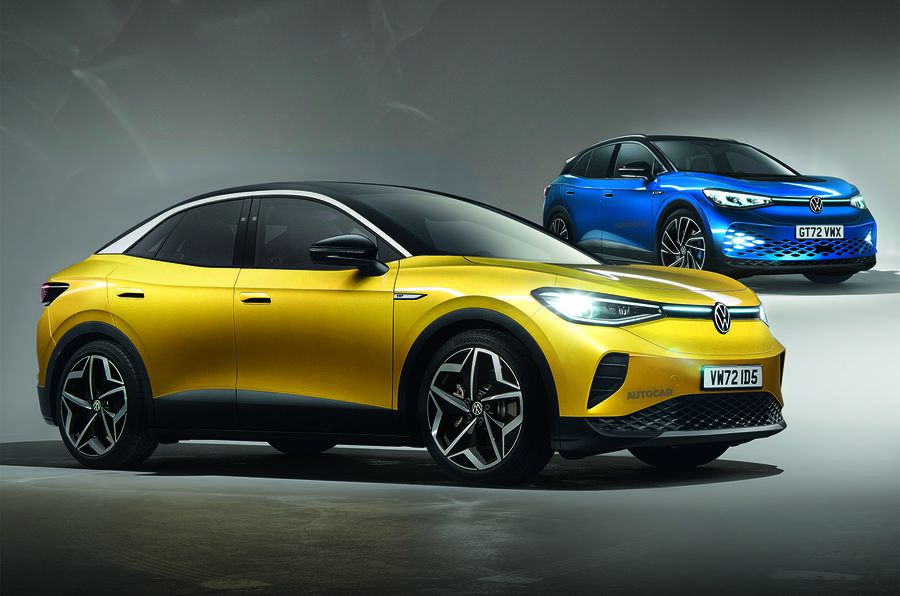
Volkswagen will ramp up plans to become the global leader in electric car sales in 2021 with the launch of a high-performance GTX variant of the ID 4 SUV and a new ID 5 coupé-crossover. The two new models will be joined by an updated ID 3 capable of delivering faster charging times.
VW CEO Ralf Brandstätter has confirmed that they will be followed by production versions of the long-anticipated retro-styled ID Buzz in 2022 and the ID Vizzion saloon and estate in 2023.
Those vehicles will all be built on the VW Group’s EV-only MEB architecture. In the longer term, work is intensifying on a more compact MEB-Lite platform, which will underpin the planned ID 1 hatch and ID 2 crossover.
VW scaling up EV targets
Although VW had previously predicted that EVs would make up 35% of its total sales by the end of the decade, Brandstätter said the firm is looking to raise that target. “We see the potential for electric models to take up to 55% of our annual sales by 2030,” he said.
The renewed optimism follows the launch of the ID 3 and the recent unveiling of the ID 4, which has just gone on sale in China, VW’s largest single market. In China, VW’s two main joint-venture partners will sell different locally produced variants of the SUV, with VW-FAW offering the ID 4 Crozz and VW-SAIC selling the ID 4 X.
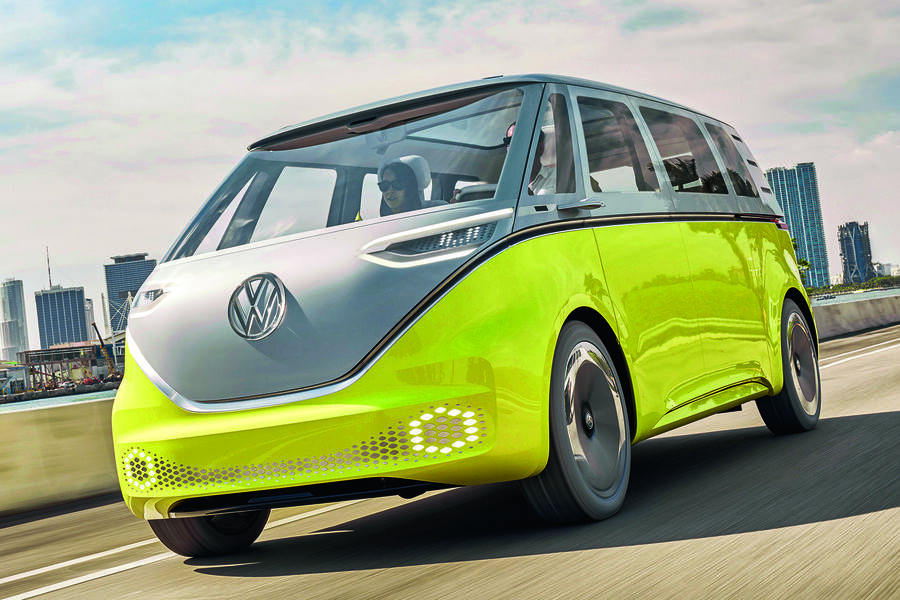
The ID 4 will also be the first model in the range to be built and sold in the US and marks a major escalation in VW’s electric ambitions.
The more aggressive target also reflects the increasing number of countries, including the UK, that have set dates for the switch to zero-emission-only new cars and VW’s rapid expansion of its EV plans. The VW Group is committed to spending £64 billion on electric, hybrid and digital technology developments in the next five years.
ID 4 GTX to showcase electric performance
Kicking off the next wave of ID models is the new ID 4 GTX, which is due to reach the UK in the middle of next year under a marketing campaign led by the slogan ‘Fun without regret’. It will be the first model to use the new GTX tag, which will sit alongside the long-running GTI badge in VW’s performance line-up.
The hot crossover-style SUV forgoes the single-motor rear-wheel-drive layout of standard ID models already on sale for a dual-motor four-wheel-drive set-up that will yield a combined 225kW and 460Nm. That’s sufficient for 0-100km/h in 6.2sec and a 180km/h top speed together with a range of up to 460 kilometres on a standard 82kWh battery.
Signalling the ID 4 GTX’s added performance potential will be restyled bumpers, new wheel designs and unique interior trims as well as a series of chassis tweaks that will give it a lower ride height, altered elasto-kinematic properties and more performance-oriented tyres.
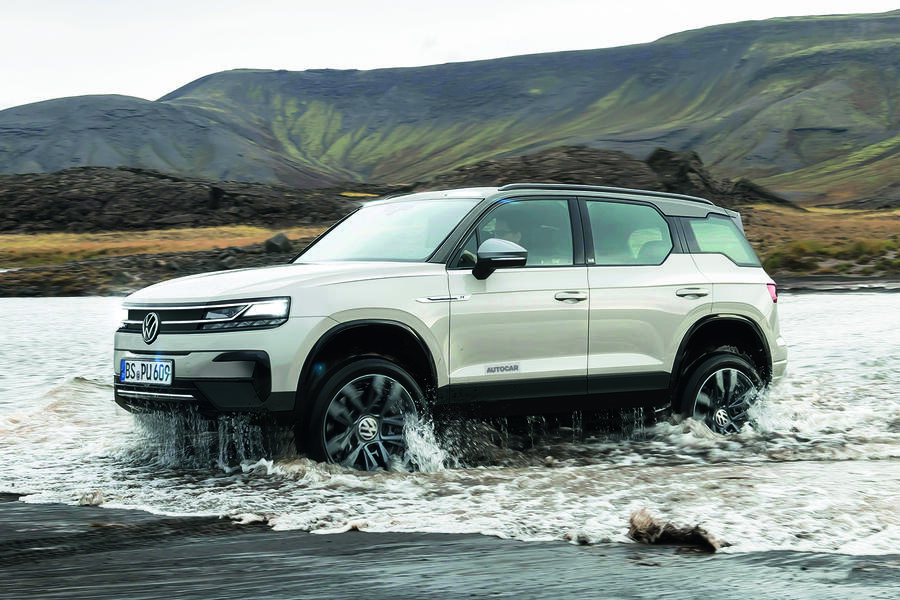
Around the same time as the ID 4 GTX arrives, VW will also launch its third dedicated electric model, the ID 5. Based heavily on the ID 4 – alongside which it will initially be produced at VW’s Zwickau factory before moving to a permanent production home at the current Passat facility in Emden – it takes the coupé-like SUV styling of the earlier ID Crozz Coupé concept into production, with a heavily curved roofline and a liftback-style tailgate featuring an integrated spoiler element.
The electric drivetrain line-up for the ID 5 has yet to be revealed, although it is likely to mirror the ID 4’s. VW insiders say the ID 5 range will include a choice of single-motor rear drive and dual-motor four-wheel drive, including the top-of-the-line 225kW performance set-up used in the headlining ID 5 GTX model.
The ID 3 will also benefit from ongoing developments next year, including an increase in charging power. Buyers will be offered the choice of a 130kW system by mid-2021 and a 170kW system by the end of next year, up from the current maximum of 100kW. The 170kW set-up is claimed to deliver 195 kilometress of range in 10 minutes using a DC charger.
VW is also promising a moderate increase in range for all ID 3 models through the end of next year. The Pro S is set to offer up to an extra 39 kilometres from its 77kWh battery, to 580 kilometres, due in part to software improvements and advances in thermal management and cell efficiency.
Electric campervan revival to be new ‘halo car’
The big focus for VW in 2022 will be the launch of the production version of the ID Buzz, which draws heavily on the styling of the T2 Transporter and is described by Brandstätter as “a halo car for the brand”. Expected to be called the ID 7, the electric MPV will remain largely true to the look of the ID Buzz concept revealed in 2017.
The ID 7 will have lines intended to recall the shape of the original Microbus, a combination of conventionally hinged front doors and electrically operated automatic rear sliding doors and wheels up to 21-inch in diameter. Its generously dimensioned interior will stretch to 2860mm in length and have a standard seven-seat layout with three rows of seats.
Together with the seven-seat version aimed at family car buyers, VW is planning a commercial vehicle derivative of the roomy MPV. Both variants will be produced alongside an electric version of the upcoming seventh-generation Transporter at the German car maker’s Hanover plant in Germany. The ID 7 will be produced in both standard- and long-wheelbase guises and with a choice of rear- and four-wheel drive.
The ID 7 will be the largest model to be based on VW’s MEB electric car platform. In standard-wheelbase guise, it runs to 4962mm in length, 1985mm in width and 1896mm in height. Even though it is expected to be sold with a standard 82kWh battery, its large frontal area means it won’t be able to match the range offered by other ID models. “It won’t have a 700km range but something around 400km due to the aero,” said Brandstätter.
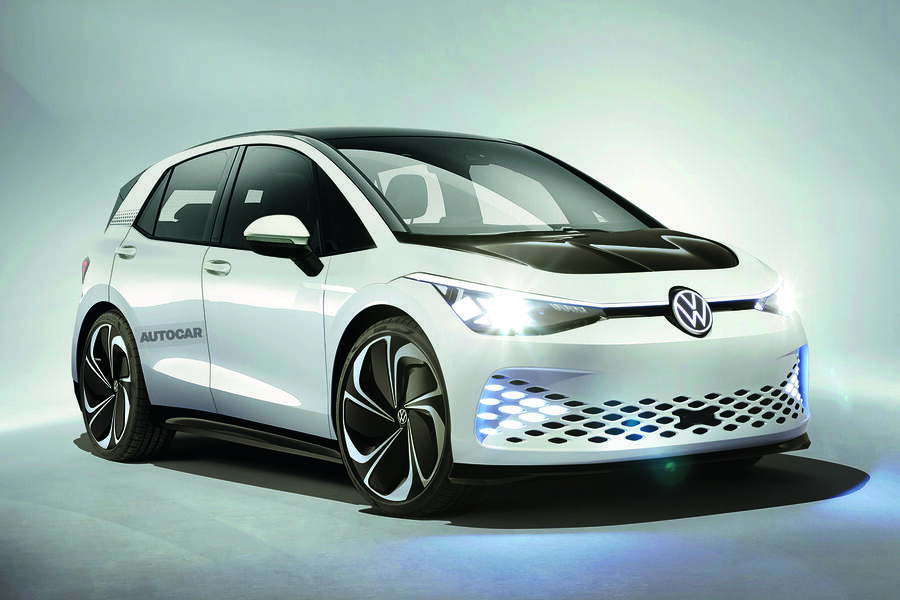
A wide range of colour and trim combinations are planned for the ID 7. It will also feature a number of special touches, including a smiling emoji symbol within the inner door handles in various specifications, an ice scraper and bottle opener within the front middle stowage box and an umbrella graphic that is made visible within the base of the windscreen when the wipers are in use.
Following the ID 7, VW plans to launch the production version of its earlier ID Vizzion concepts in both saloon and estate bodystyles as the ID 6. The model is described as being similar in size to today’s Passat but with the interior space of the discontinued Phaeton in saloon guise.
The ID 6 will be offered in standard single-motor rear- and optional dual-motor four-wheel-drive forms, with a performance-oriented GTX model set to top the line-up when it arrives in 2023.
All ID 6s will offer charging at up to 200kW. Although the model is still three years from being launched, VW says the ID 6 will have a range of up to 700 kilometres on the WLTP test cycle.
Compact EVs still a priority
While Brandstätter was not prepared to reveal details of VW’s electric car plans beyond 2023, he did underline the firm’s intention to develop a compact ID 1 hatchback and ID 2 crossover as electric-powered alternatives to the Polo and T-Cross.
The two models will be based on a new MEB-Lite platform, which is being developed to house smaller batteries with a capacity of up to 45kWh. The new entry-level models will feature a pre-subsidy starting price of around AUD$31,500 in Europe and will be joined by similar-sized models from VW sibling brand Skoda.
These two new models will effectively replace the VW e-Up as the entry point to the firm’s electric range. They will be fitted with smaller batteries than the larger ID models due to their focus on shorter journeys and urban usage.
Brandstätter said VW is working with its Chinese joint-venture partners, which include BAIC, SAIC and JAC, to bring a “highly affordable” electric vehicle to market.
ID off-roader plans on hold
Despite renewed bullishness on the sales potential of VW’s electric models, Brandstätter said moves have been made to streamline original plans for the ID line-up. The renewed focus is on volume segments to achieve greater economies of scale while ensuring faster ramp-up of production.
Brandstätter confirmed that plans for a production version of the ID Buggy have finally been abandoned. “No, we won’t do this car. We had a partner, but in the end it didn’t work out,” he told Automotive Daily’s exclusive partner Autocar. German company e.Go Mobile agreed a deal with VW in 2019 to produce the car but is currently battling bankruptcy proceedings following disappointing sales of its e.Go Life car.
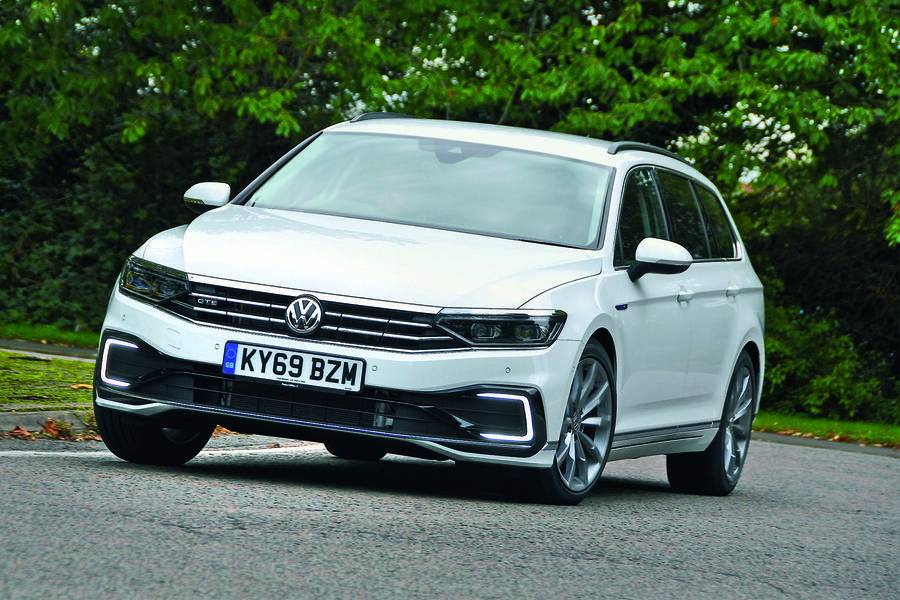
Brandstätter also said plans for a highly capable electric off-roader are no longer a priority. VW has produced a full-scale design model of an ID Ruggdzz off-roader with styling similar to a Land Rover Discovery but has not shown it in public. “We’ve put it in the drawer,” said Brandstätter. “That is not to say it won’t be built, but I don’t think you’ll see it soon. We have more important projects on the run.”
Meanwhile, plans for a production version of the 4930mm-long ID Roomzz large SUV concept continue but it’s likely to be a China-only model.
VW hasn’t forgotten combustion engines
Volkswagen may have put a major focus on growing sales of its EVs, but it remains committed to launching new combustion-engined models, according to boss Ralf Brandstätter, with new versions of the Passat and Tiguan due in 2023.
The next Passat and Tiguan will be available with a new second-generation petrol-electric plug-in hybrid system, among other engine options, according to Brandstätter, who said electrified combustion-engine powertrains will continue to play an important role in VW’s CO2 targets towards the middle to end of the decade.
Among the developments for the new plug-in hybrid system is improved combustion-engine efficiency with improved energy regeneration and new battery cell technology. Together, they are claimed to provide plug-in hybrid versions of the next Passat and Tiguan with an electric range of up to 100 kilometres – up from the respective 68- and 50-kilometre range of the current models.
Unlike today’s Passat GTE and Tiguan eHybrid, their successors are also expected to offer the choice of front- or four-wheel drive.
Other models due to get the new plug-in hybrid system include the Tayron, which will replace the Tiguan Allspace as a seven-seat SUV in 2023. The Tayron name is currently used for a Chinese-market SUV sold by VW-FAW.



